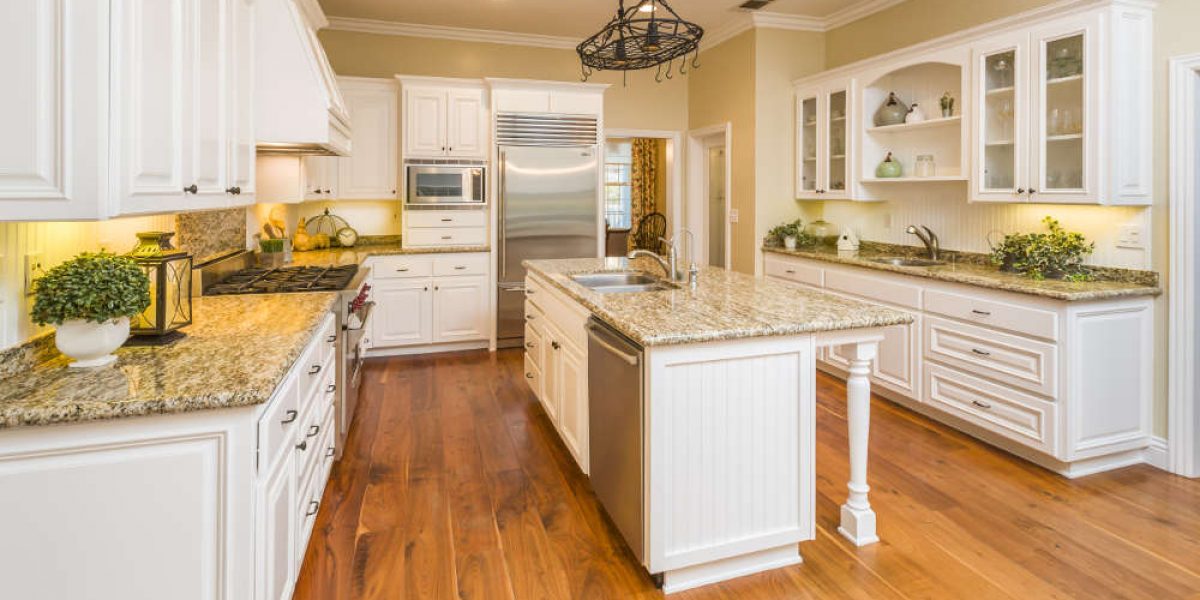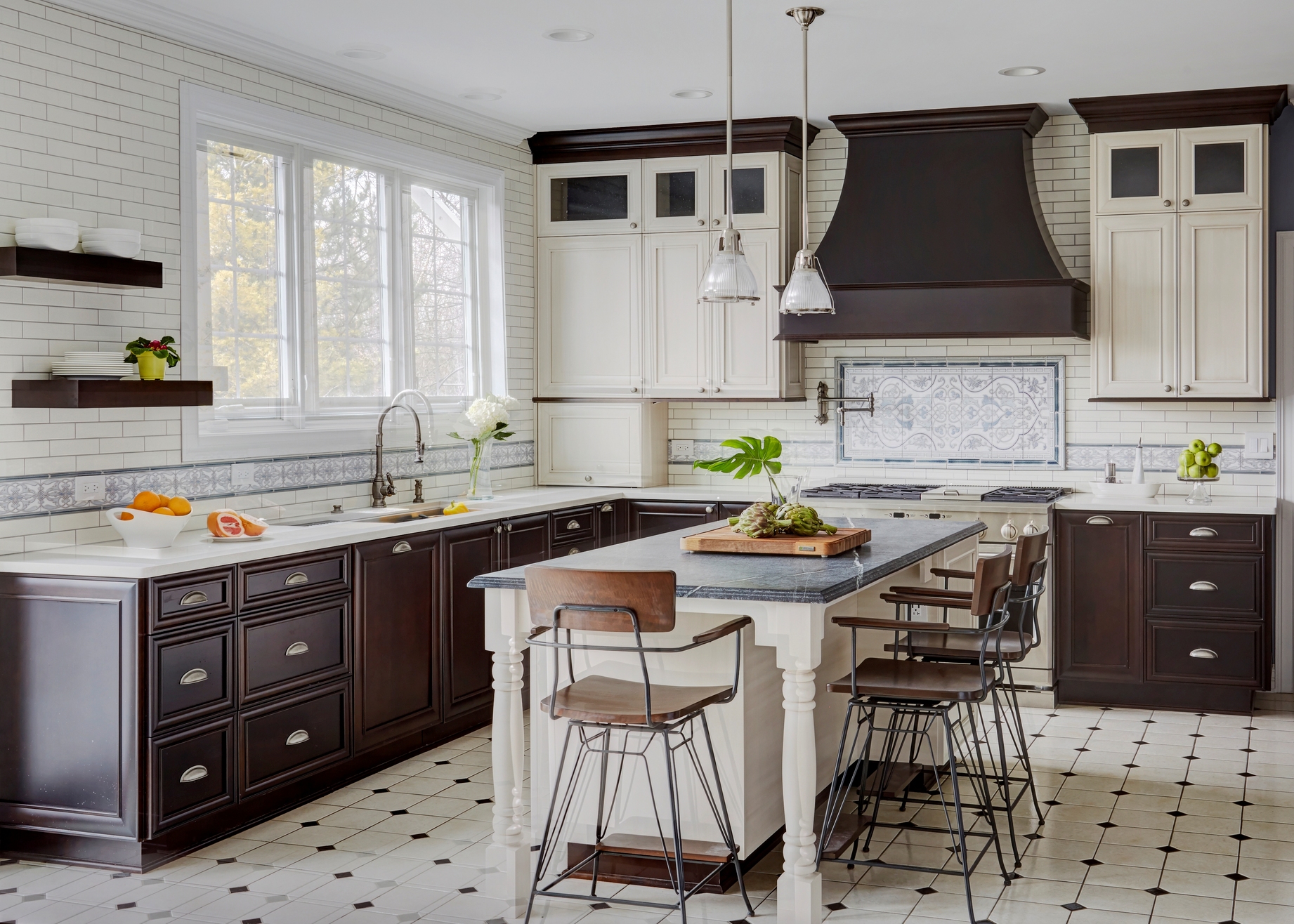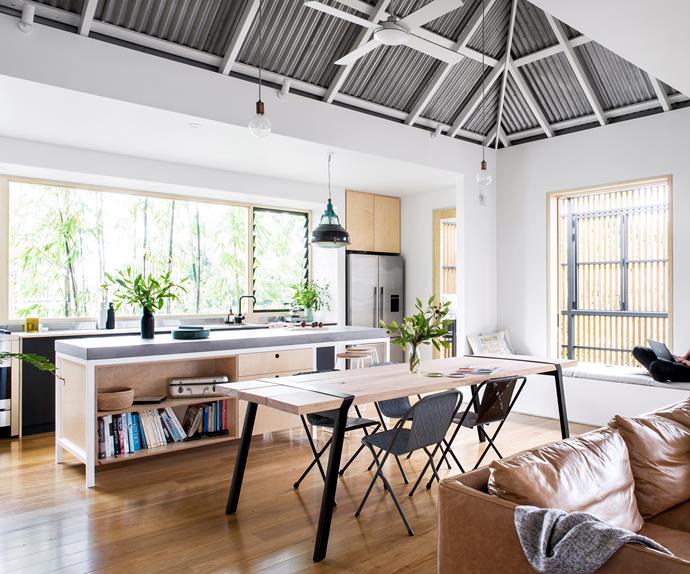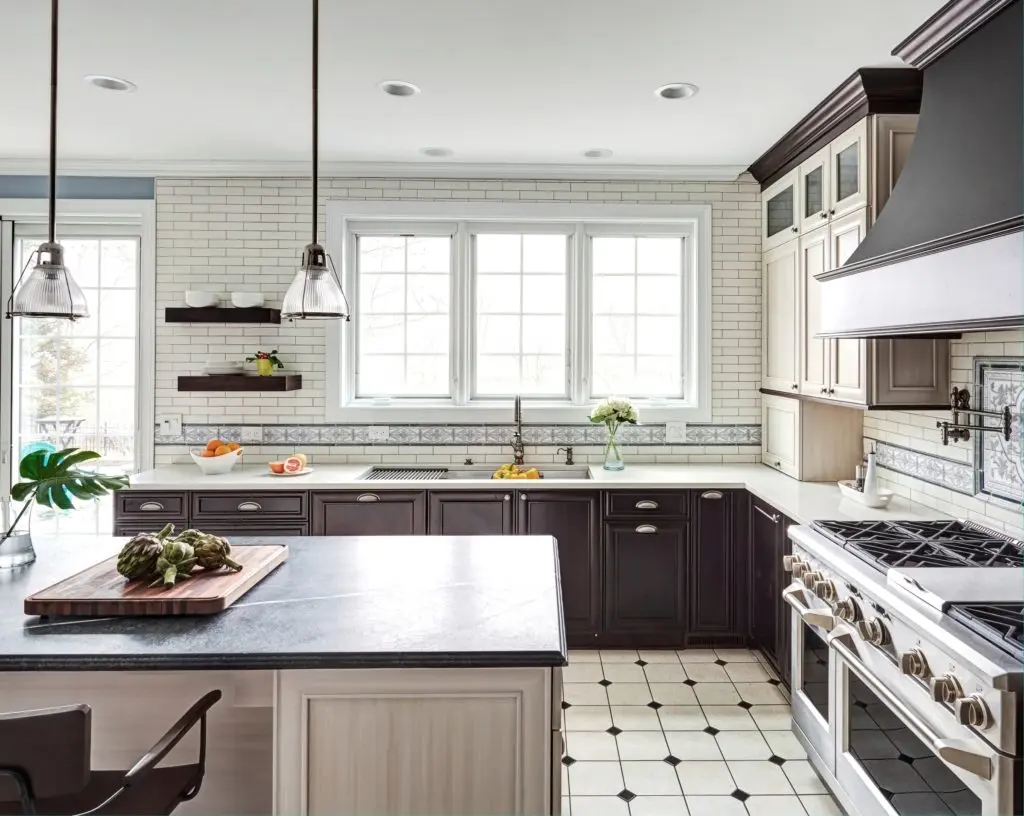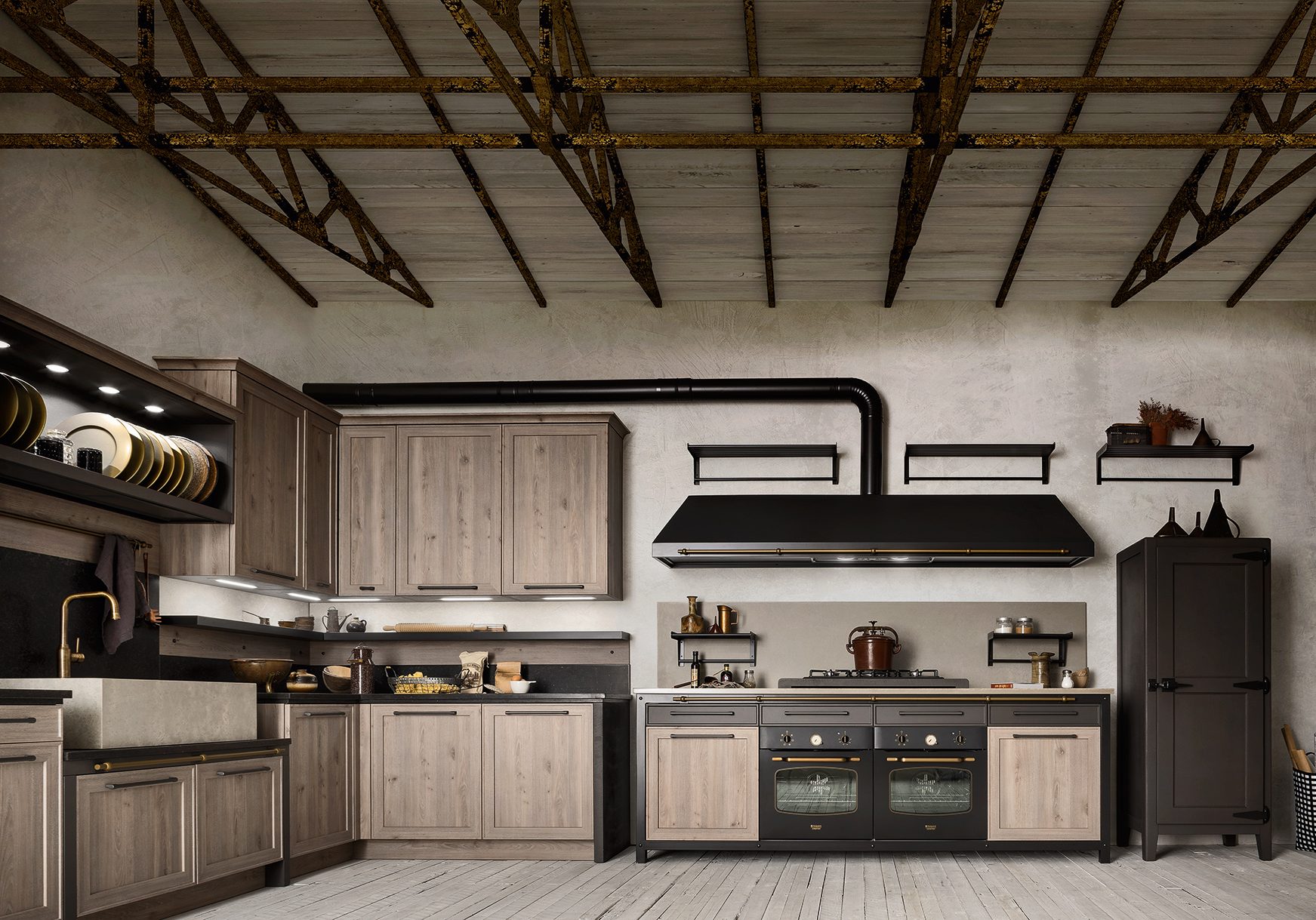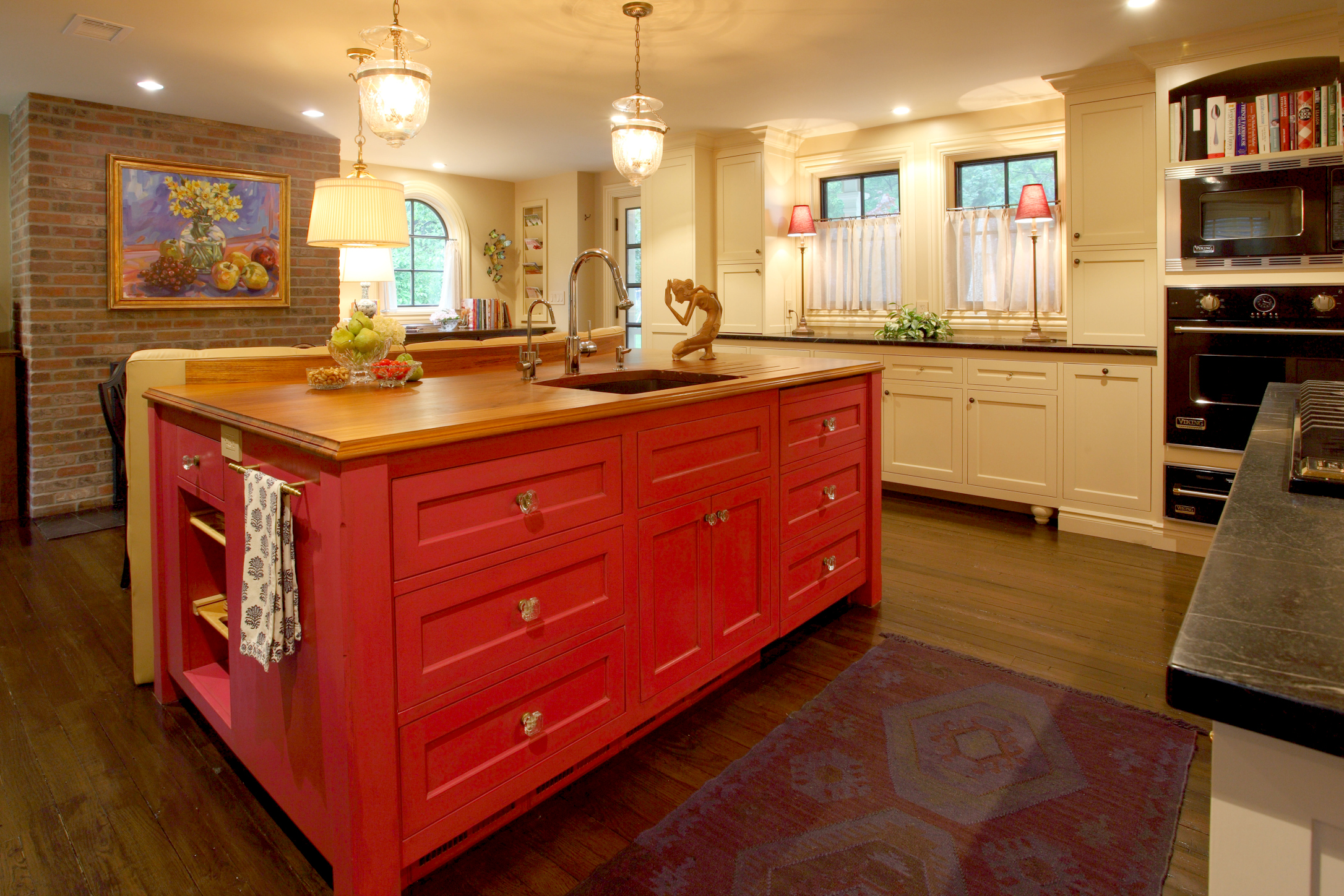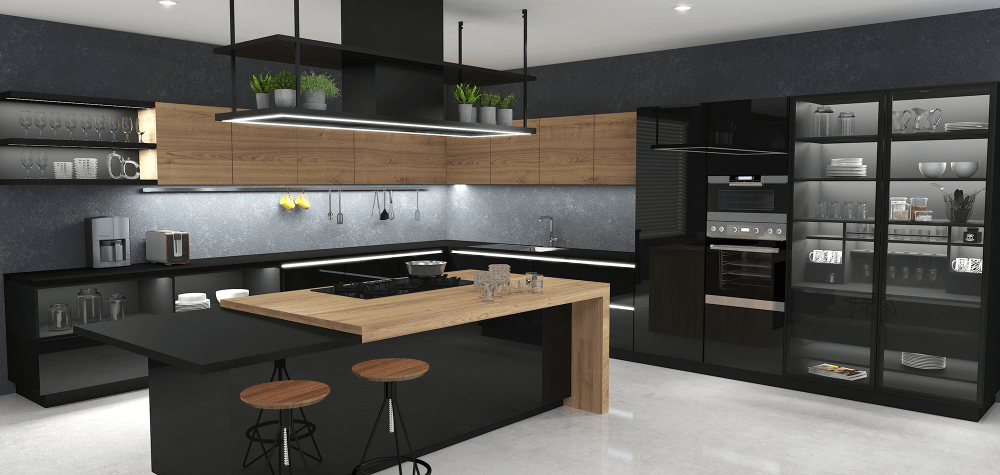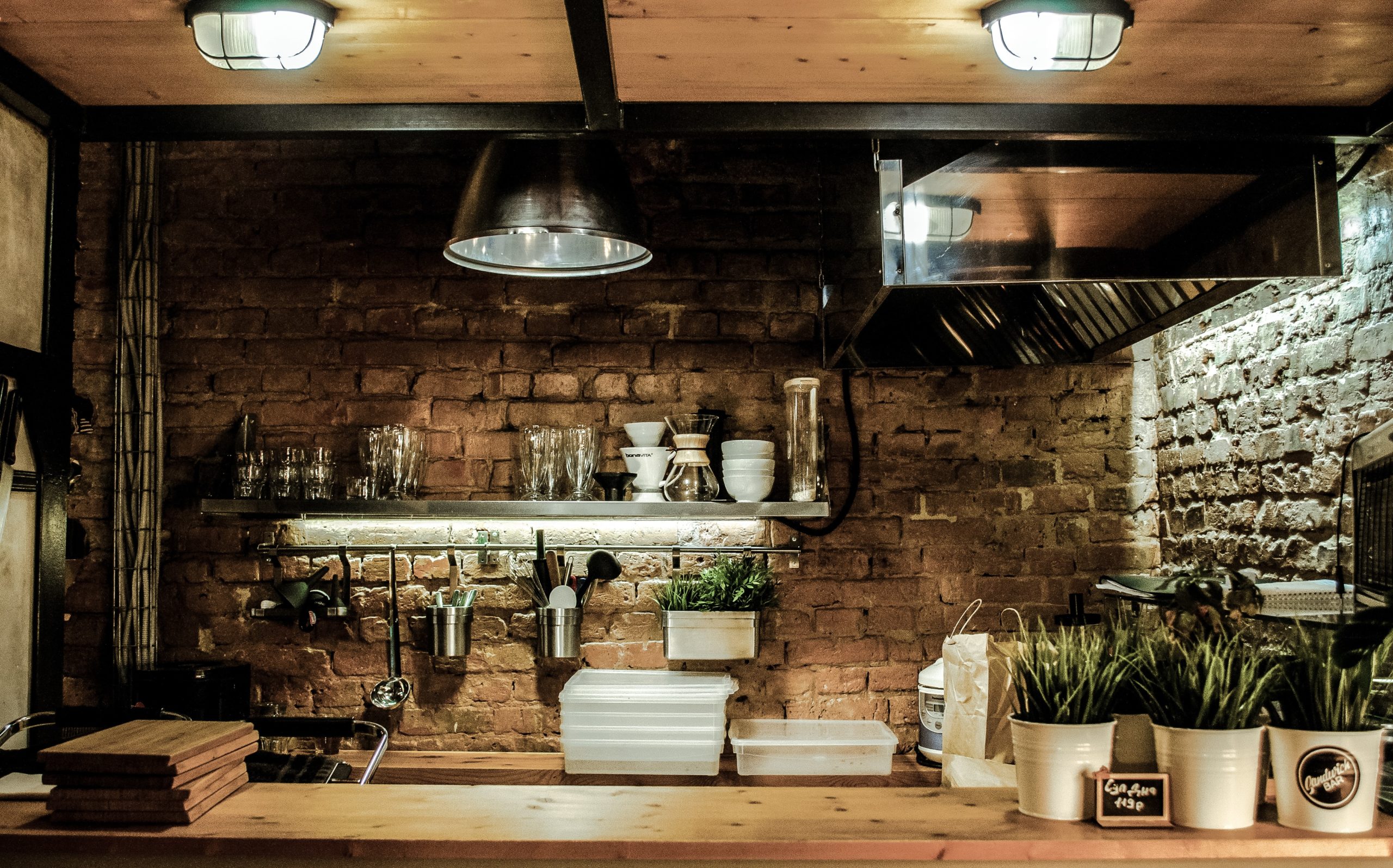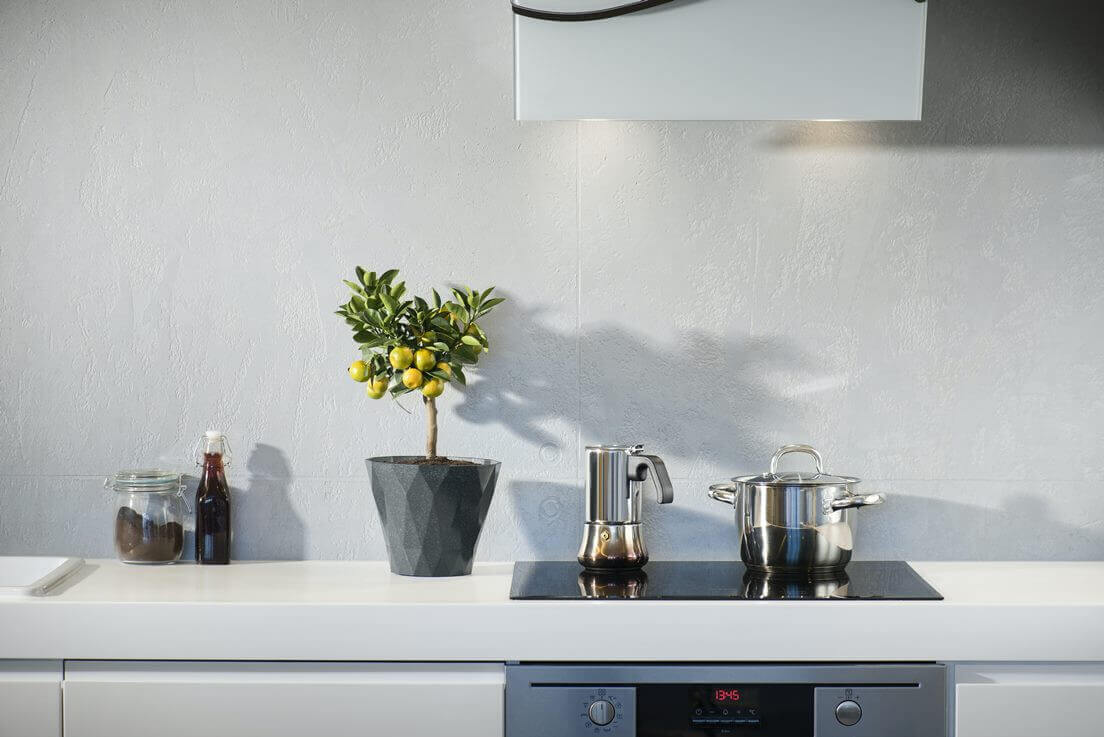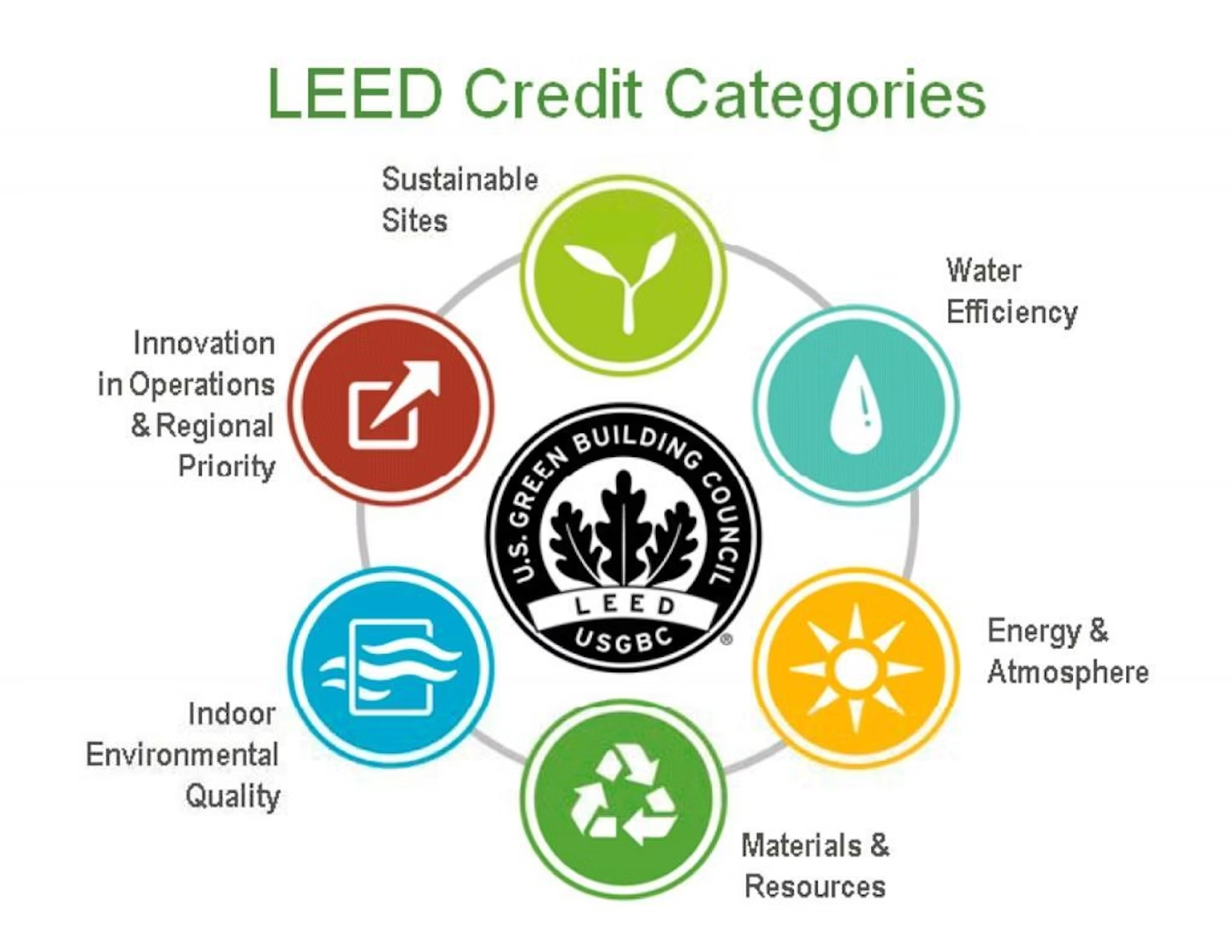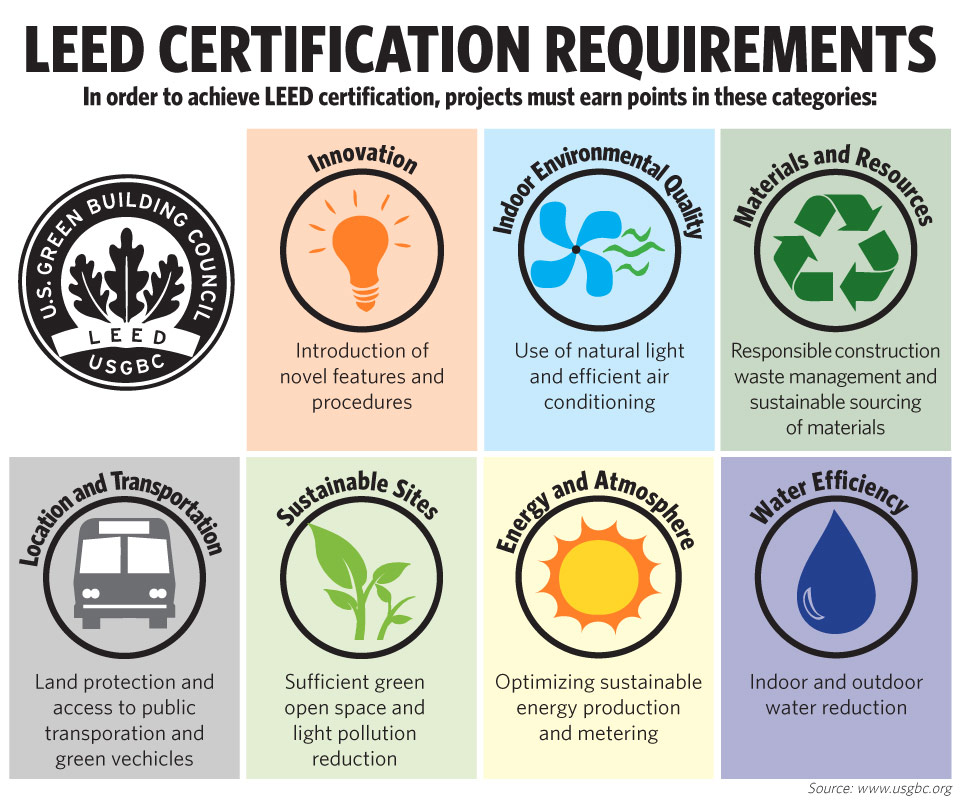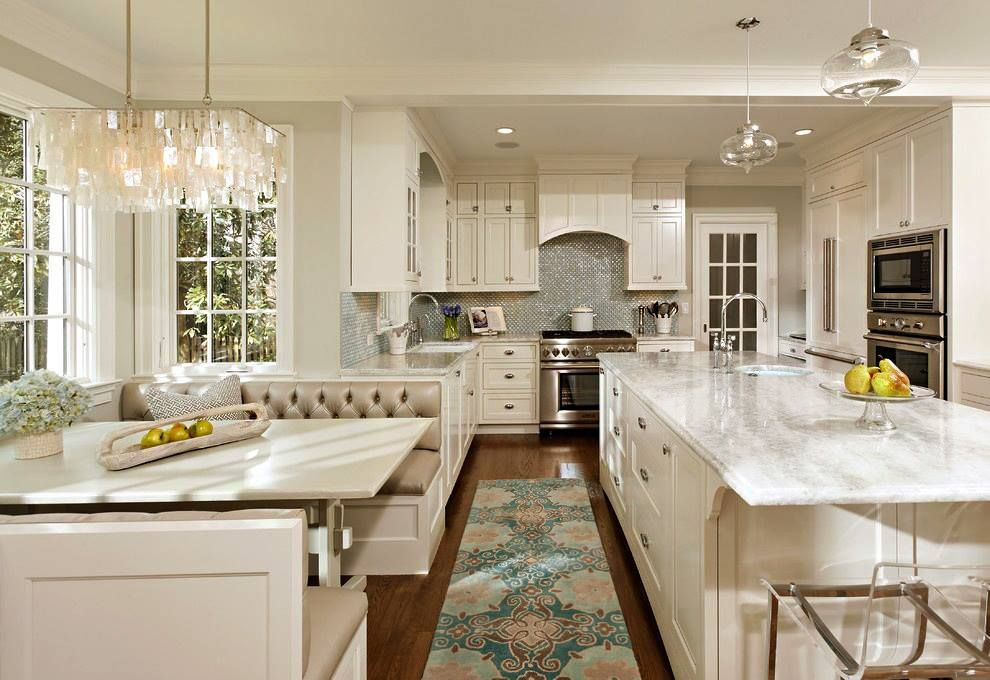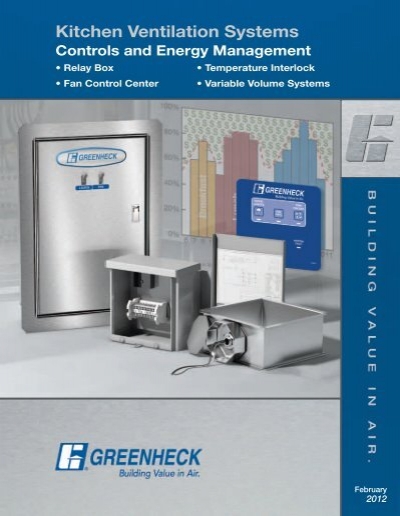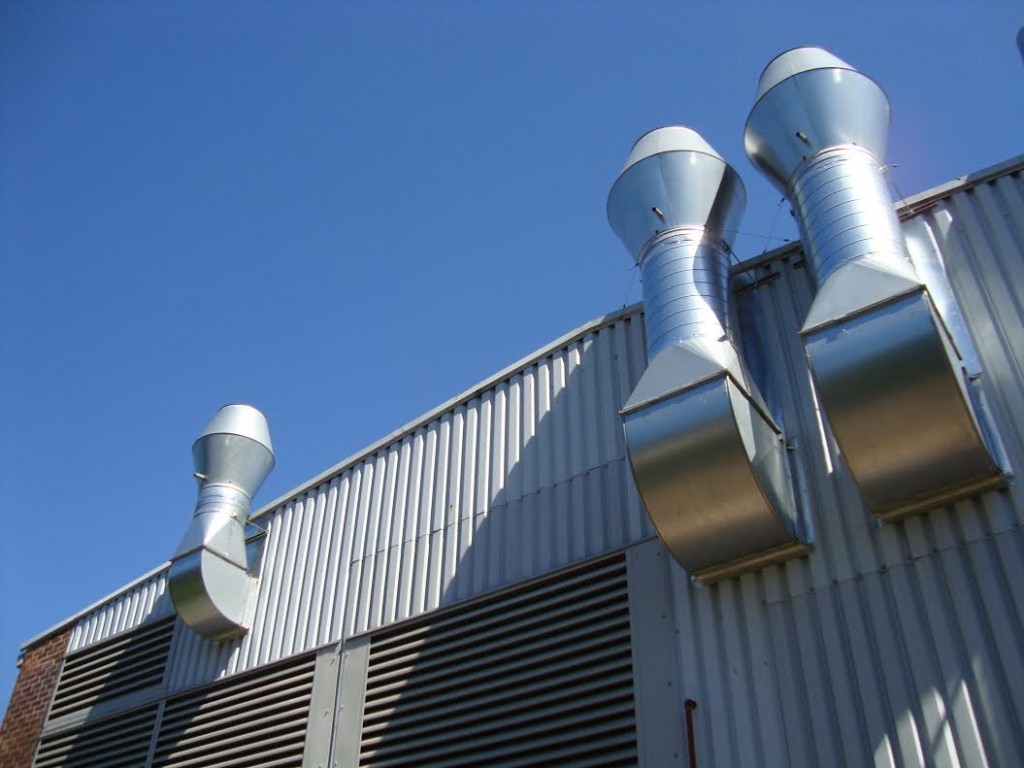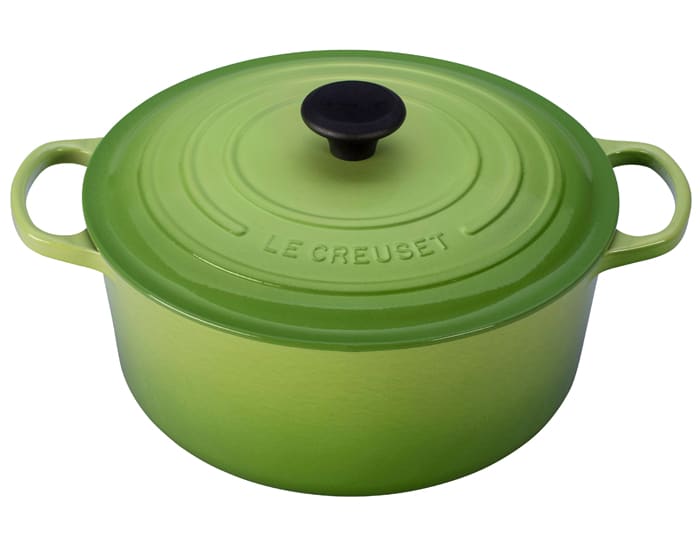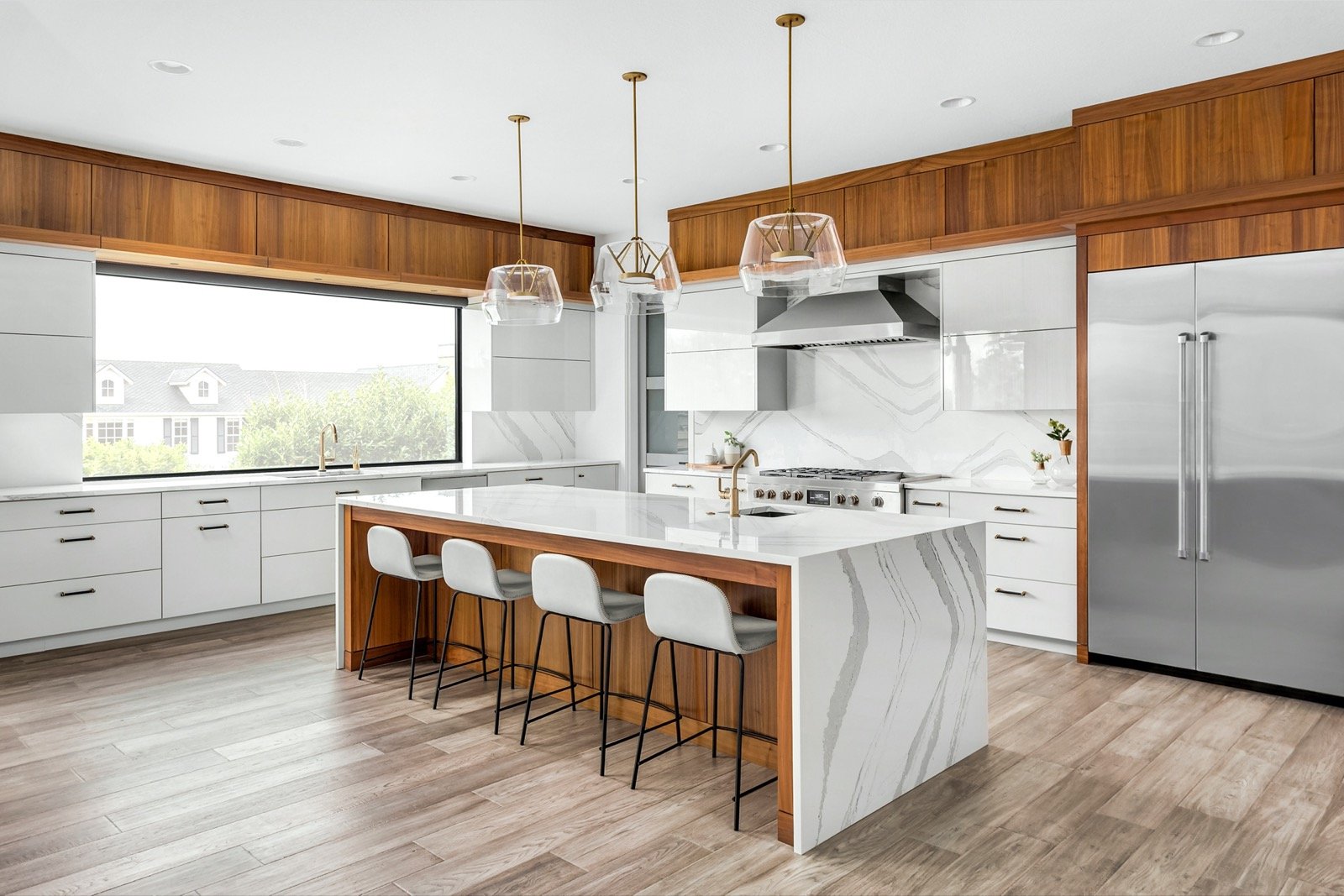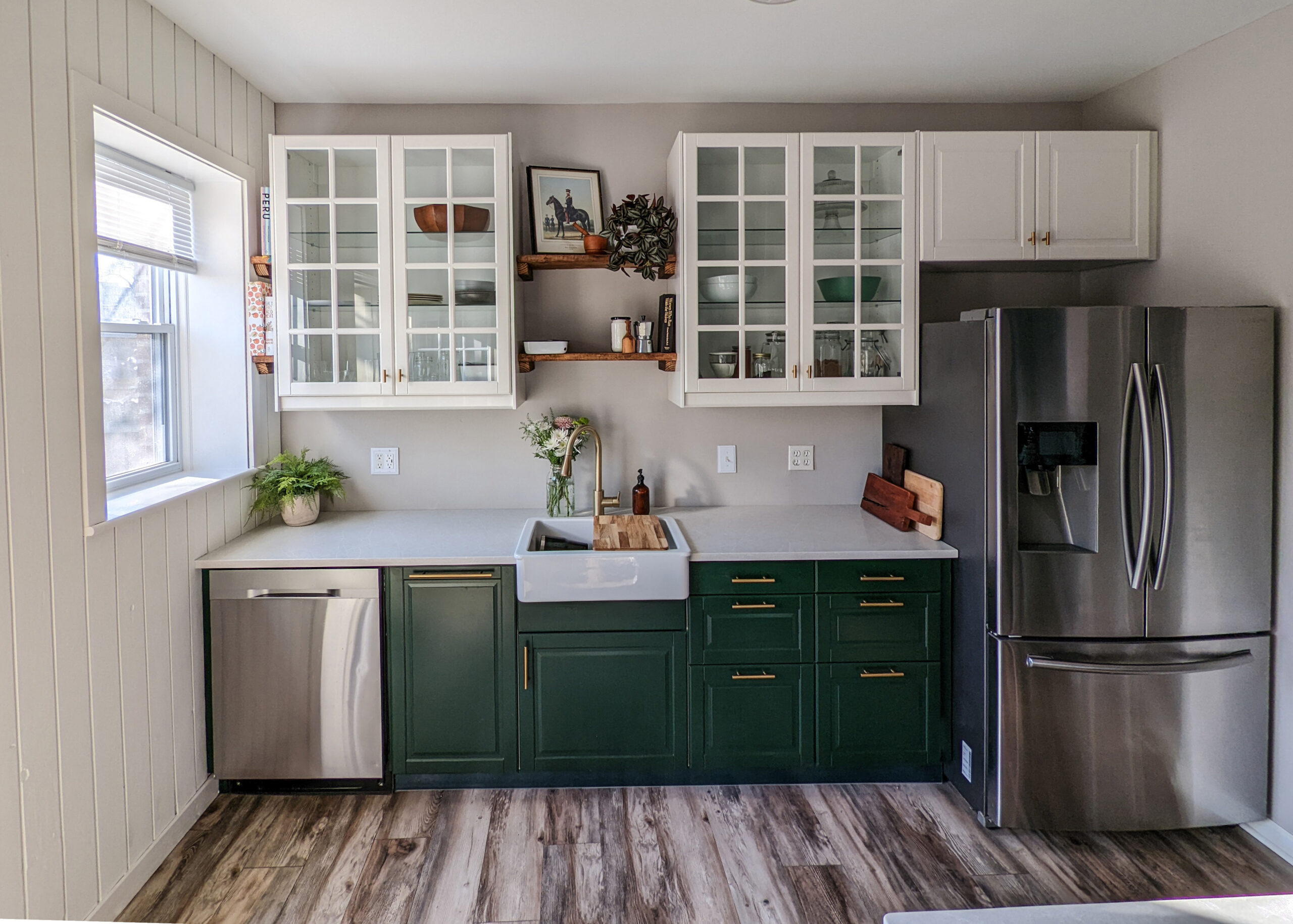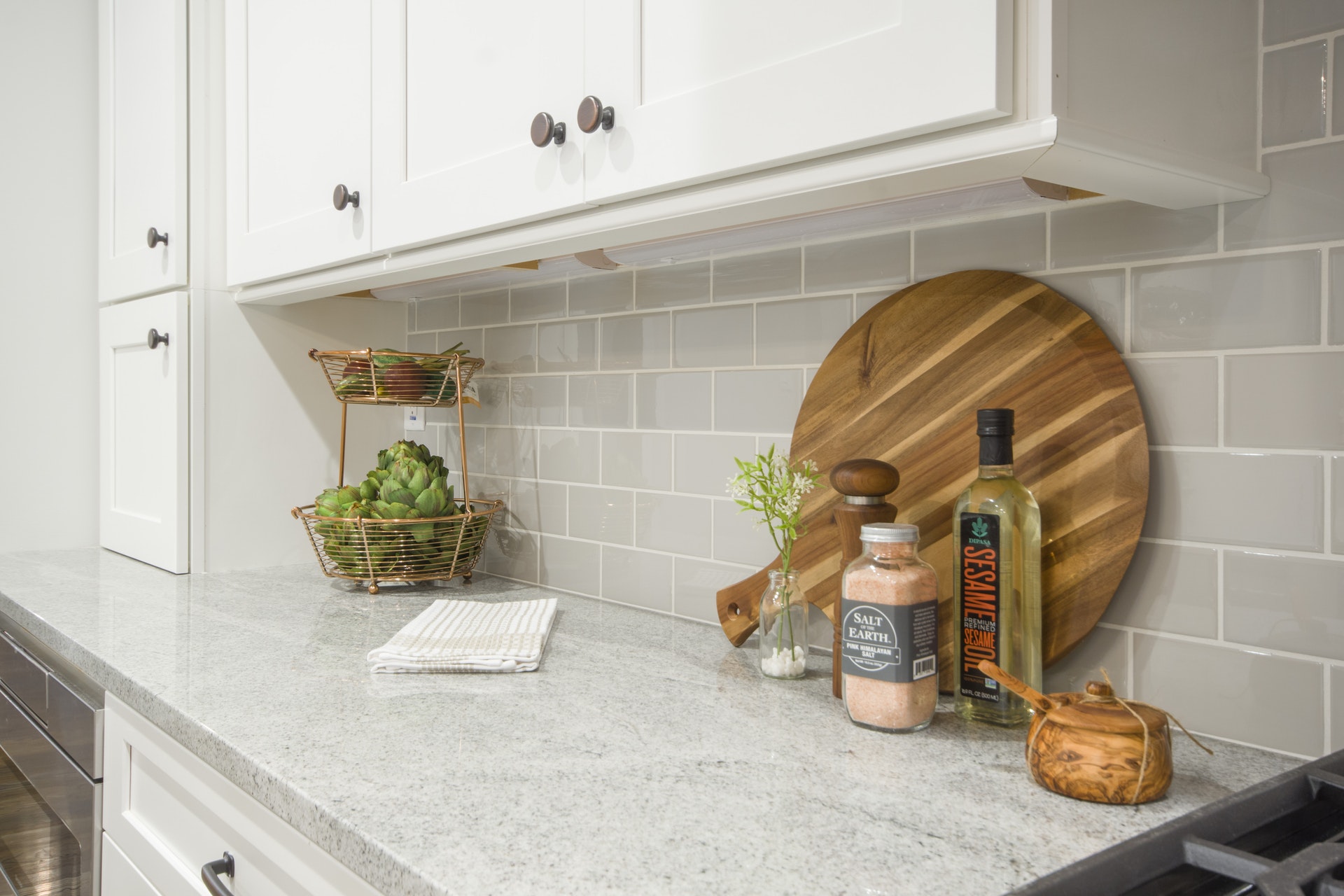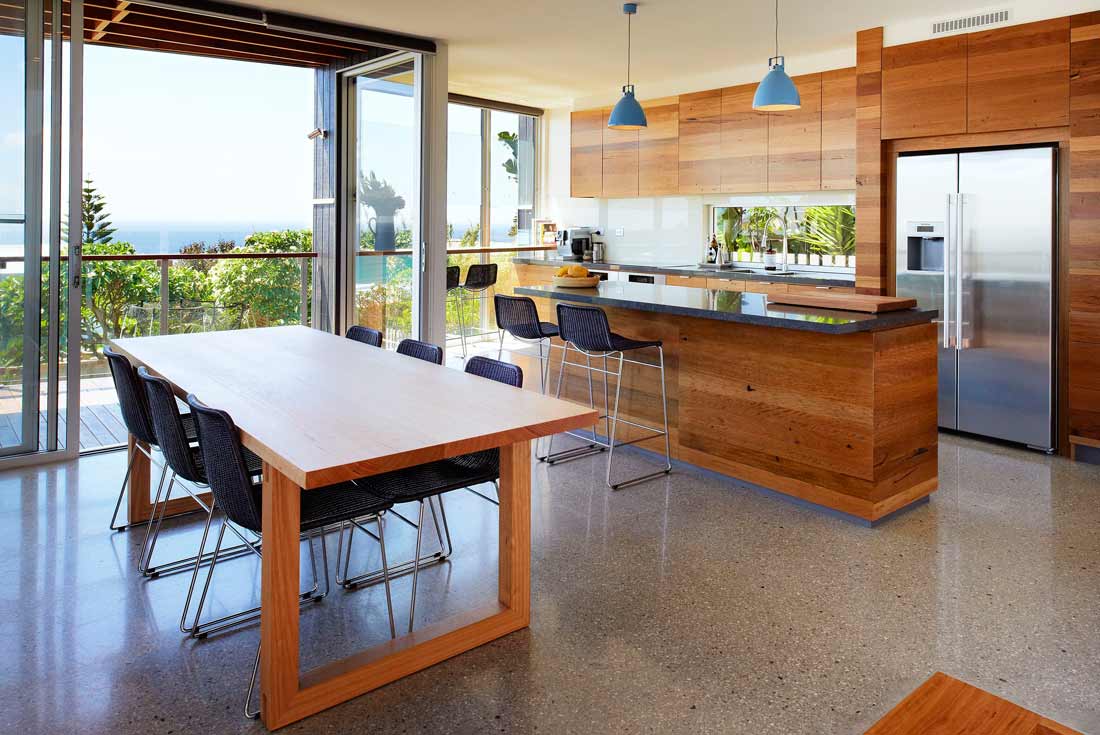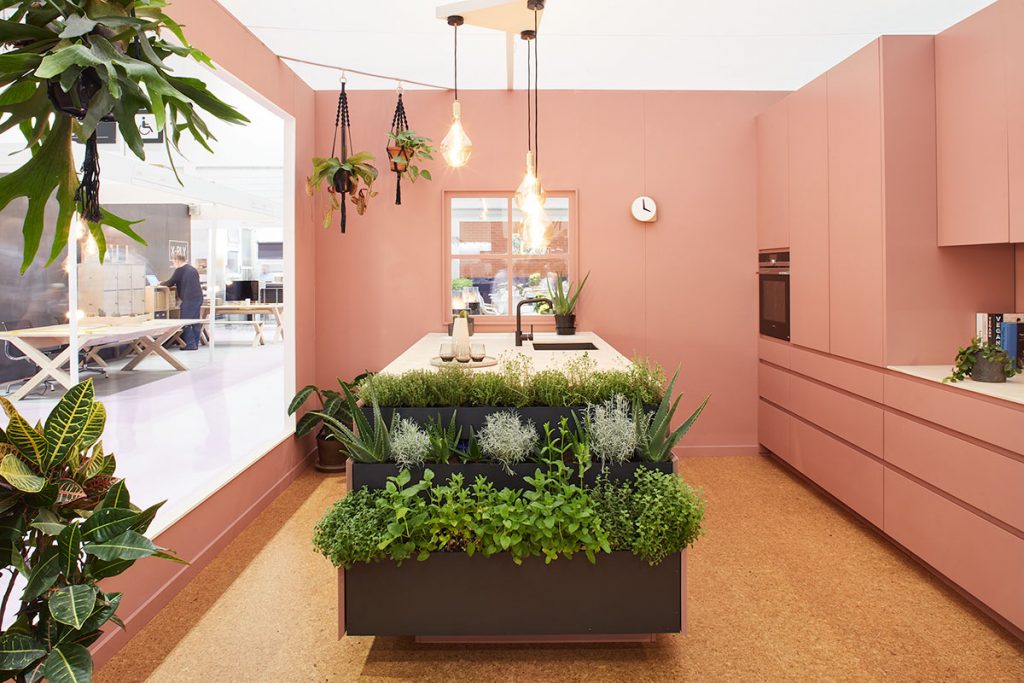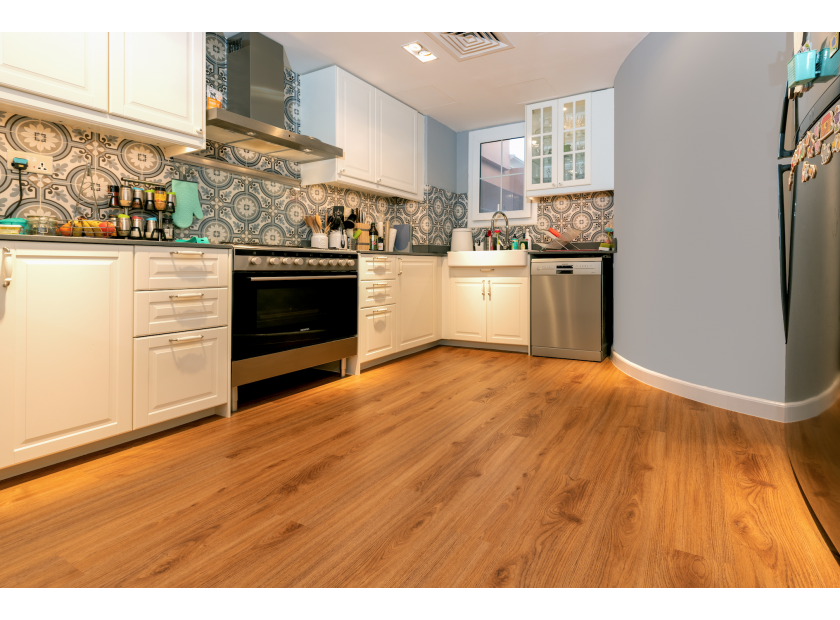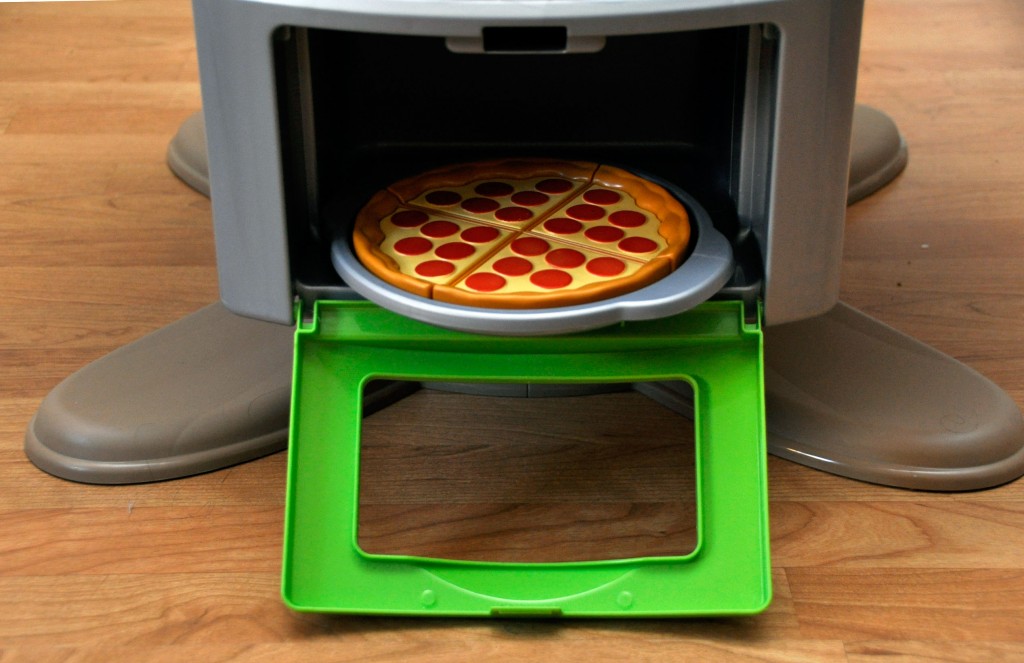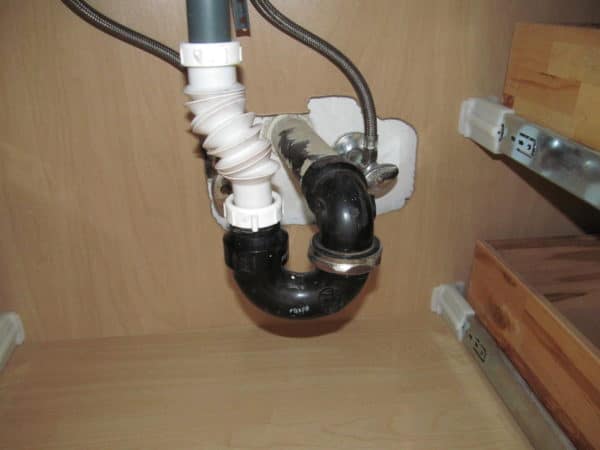In today's world, where sustainability is becoming increasingly important, it's crucial for commercial kitchens to prioritize energy efficiency. By reducing energy consumption, not only are businesses lowering their carbon footprint, but they are also saving money on utility bills in the long run. One way to achieve energy efficiency in kitchen design is by incorporating natural light. This not only reduces the need for artificial lighting, but it also creates a more pleasant and inviting atmosphere for customers. Installing energy-efficient lighting fixtures, such as LED lights, can also make a significant impact. Proper insulation and efficient ventilation can also help with energy efficiency. Insulating walls and ceilings can help keep the kitchen at a consistent temperature, reducing the need for heating or cooling. Meanwhile, efficient ventilation systems can remove excess heat and humidity from the kitchen, making it more comfortable for staff and reducing the strain on cooling systems.1. Energy-efficient kitchen design
A major aspect of a sustainable commercial kitchen is the equipment used. Traditional kitchen equipment can be energy-intensive and wasteful, consuming a lot of energy and emitting harmful pollutants. Investing in energy-efficient and eco-friendly equipment can make a significant difference in reducing the kitchen's environmental impact. One example is opting for energy-efficient refrigerators and freezers, which can significantly reduce energy consumption and save money on utility bills. Additionally, using induction cooktops instead of traditional gas cooktops can also make a difference, as they use less energy and heat up faster. Another sustainable option is to invest in recycled or refurbished equipment. This not only reduces waste but also extends the lifespan of the equipment, making it a more sustainable and cost-effective choice in the long run.2. Sustainable kitchen equipment
A green kitchen design focuses on using environmentally friendly materials and reducing waste. This can be achieved through various design elements, such as choosing sustainable materials for countertops, cabinets, and flooring. For example, reclaimed wood can be used for countertops and cabinets, giving them a unique and rustic look while also reducing the need for new materials. Bamboo is another sustainable option, as it is fast-growing and renewable, making it a more eco-friendly alternative to traditional hardwood. In addition to materials, incorporating recycling and composting stations in the kitchen can also help reduce waste. This allows for proper disposal of food scraps and packaging materials, making the kitchen more environmentally friendly.3. Green kitchen design
Eco-friendly kitchen design goes beyond just using sustainable materials. It also involves incorporating eco-friendly practices into daily operations and reducing the kitchen's overall environmental impact. This can be achieved through various design elements and practices. For example, energy-efficient lighting and water-saving fixtures can be installed to reduce energy and water consumption. Using low-flow faucets and toilets can save thousands of gallons of water each year. Another aspect of eco-friendly kitchen design is waste management. This includes properly disposing of hazardous materials and implementing recycling and composting practices. By reducing waste and properly disposing of materials, the kitchen can have a more positive impact on the environment.4. Eco-friendly kitchen design
The materials used in a kitchen design can have a significant impact on its sustainability. Choosing renewable and recycled materials can help reduce the kitchen's environmental impact and create a more eco-friendly space. One option is to use recycled glass for countertops or backsplashes. This not only adds a unique visual element to the kitchen but also reduces the need for new materials. Another option is to use recycled metal for appliances or fixtures, which can also reduce the kitchen's carbon footprint. For flooring options, cork and bamboo are both sustainable choices that are fast-growing and renewable. They also offer a unique and natural aesthetic to the kitchen design.5. Sustainable kitchen materials
The concept of a low-waste kitchen design revolves around reducing waste and promoting sustainability in all aspects of the kitchen. This includes using sustainable materials, implementing energy-efficient practices, and reducing food waste. One way to reduce food waste is by implementing a meal planning system. This ensures that only the necessary ingredients are purchased and used, reducing the amount of food that goes to waste. Another option is to donate excess food to local charities or compost it to create nutrient-rich soil for gardens or farms. Adopting a low-waste kitchen design can not only have a positive impact on the environment but also save businesses money by reducing food and material waste.6. Low-waste kitchen design
LEED (Leadership in Energy and Environmental Design) certification is a globally recognized standard for sustainable building design. A LEED-certified kitchen design involves meeting specific criteria in various categories, such as energy efficiency, water efficiency, and materials and resources. By incorporating green building strategies into the kitchen design, businesses can achieve a LEED certification and demonstrate their commitment to sustainability. This can also lead to cost savings in the long run, as LEED-certified buildings are more energy-efficient and have lower operating costs.7. LEED-certified kitchen design
Kitchen ventilation is an essential aspect of a commercial kitchen, as it removes excess heat, smoke, and odors from the space. However, traditional ventilation systems can be energy-intensive and inefficient. One sustainable alternative is to invest in a heat recovery ventilation system. This system captures excess heat and humidity from the kitchen and uses it to preheat incoming fresh air, reducing the strain on heating systems. This not only makes the kitchen more energy-efficient but also creates a more comfortable working environment for staff.8. Sustainable kitchen ventilation
The appliances used in a commercial kitchen can have a significant impact on its sustainability. Choosing energy-efficient and eco-friendly appliances can help reduce the kitchen's energy consumption and carbon footprint. One option is to invest in ENERGY STAR certified appliances, which use less energy and water than traditional appliances. Another option is to opt for commercial-grade appliances that are designed to be more energy-efficient and durable, reducing the need for frequent replacements. Additionally, regularly maintaining and repairing appliances can also help extend their lifespan and reduce waste.9. Green kitchen appliances
Choosing sustainable flooring options for a commercial kitchen can not only reduce its environmental impact but also create a more hygienic and safe working environment for staff. Traditional flooring materials, such as vinyl and linoleum, can emit harmful pollutants and are not biodegradable. One sustainable option is to use recycled rubber flooring, which is easy to clean and durable, making it suitable for a busy commercial kitchen. Another option is to use concrete flooring, which is long-lasting and low-maintenance, reducing the need for frequent replacements. Incorporating sustainable practices and design elements into a commercial kitchen can have a significant impact on its environmental impact and long-term costs. By prioritizing energy efficiency, using sustainable materials, and implementing eco-friendly practices, businesses can create a more sustainable and eco-friendly kitchen. Consider these top 10 sustainable commercial kitchen design ideas to make a positive impact on the environment and your bottom line.10. Sustainable kitchen flooring
The Importance of Sustainable Commercial Kitchen Design

Creating a Sustainable Kitchen
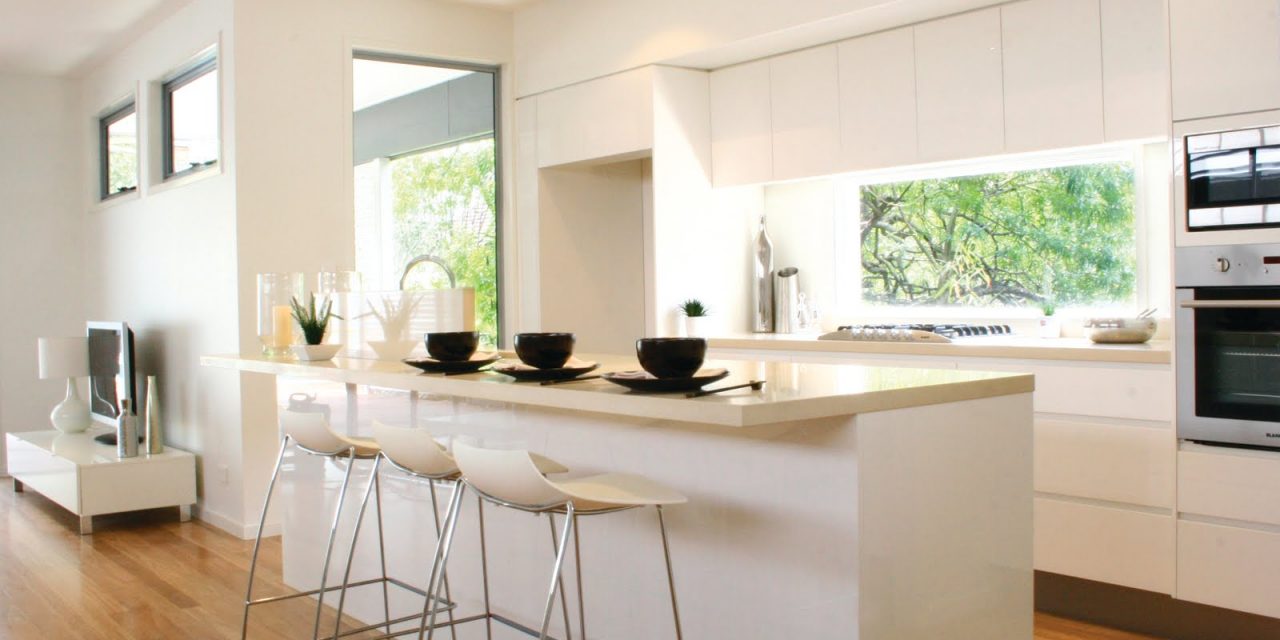 When it comes to designing a commercial kitchen, there are many factors to consider - from functionality and efficiency to aesthetic appeal. However, one aspect that is often overlooked is sustainability. A sustainable kitchen not only benefits the environment, but it also has numerous advantages for businesses. With the increasing focus on environmental conservation and the rising demand for eco-friendly options, sustainable commercial kitchen design has become a top priority for many businesses in the food industry.
Sustainability
is the practice of using resources in a way that does not deplete or harm the environment, while also meeting the needs of the present without compromising the ability of future generations to meet their own needs. In the context of commercial kitchen design, sustainability involves incorporating environmentally friendly practices and materials that reduce the impact on the environment. This can include everything from energy-efficient appliances and water-saving fixtures to using sustainable materials for construction and minimizing food waste.
When it comes to designing a commercial kitchen, there are many factors to consider - from functionality and efficiency to aesthetic appeal. However, one aspect that is often overlooked is sustainability. A sustainable kitchen not only benefits the environment, but it also has numerous advantages for businesses. With the increasing focus on environmental conservation and the rising demand for eco-friendly options, sustainable commercial kitchen design has become a top priority for many businesses in the food industry.
Sustainability
is the practice of using resources in a way that does not deplete or harm the environment, while also meeting the needs of the present without compromising the ability of future generations to meet their own needs. In the context of commercial kitchen design, sustainability involves incorporating environmentally friendly practices and materials that reduce the impact on the environment. This can include everything from energy-efficient appliances and water-saving fixtures to using sustainable materials for construction and minimizing food waste.
The Benefits of Sustainable Kitchen Design
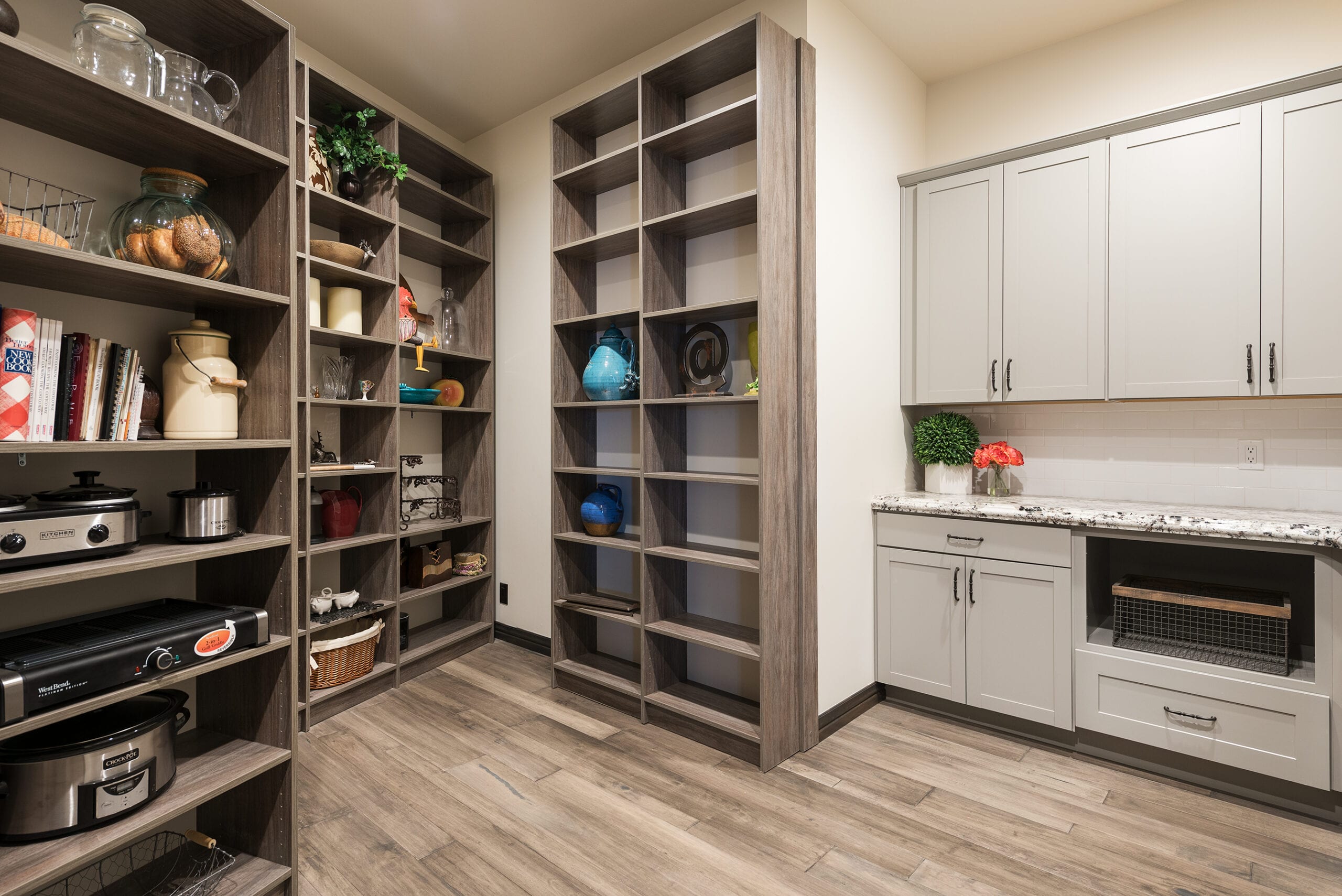 In addition to reducing the negative impact on the environment, there are many benefits to incorporating sustainable practices in commercial kitchen design.
Energy-efficient appliances
not only save on electricity costs, but they also reduce the carbon footprint of the business. Water-saving fixtures, such as low-flow faucets and toilets, can also significantly reduce water usage and save on water bills. Using sustainable materials, such as bamboo or recycled materials for flooring and countertops, not only adds an aesthetic appeal to the kitchen but also reduces the demand for non-renewable resources.
Furthermore, sustainable commercial kitchen design can also have a positive impact on the
health and well-being
of employees and customers. By using sustainable materials, harmful emissions and toxins can be minimized, creating a healthier environment for all. Additionally, incorporating sustainable practices, such as composting and food waste reduction, can help businesses save money on waste disposal while also reducing their contribution to landfills.
In addition to reducing the negative impact on the environment, there are many benefits to incorporating sustainable practices in commercial kitchen design.
Energy-efficient appliances
not only save on electricity costs, but they also reduce the carbon footprint of the business. Water-saving fixtures, such as low-flow faucets and toilets, can also significantly reduce water usage and save on water bills. Using sustainable materials, such as bamboo or recycled materials for flooring and countertops, not only adds an aesthetic appeal to the kitchen but also reduces the demand for non-renewable resources.
Furthermore, sustainable commercial kitchen design can also have a positive impact on the
health and well-being
of employees and customers. By using sustainable materials, harmful emissions and toxins can be minimized, creating a healthier environment for all. Additionally, incorporating sustainable practices, such as composting and food waste reduction, can help businesses save money on waste disposal while also reducing their contribution to landfills.
The Future of Commercial Kitchen Design
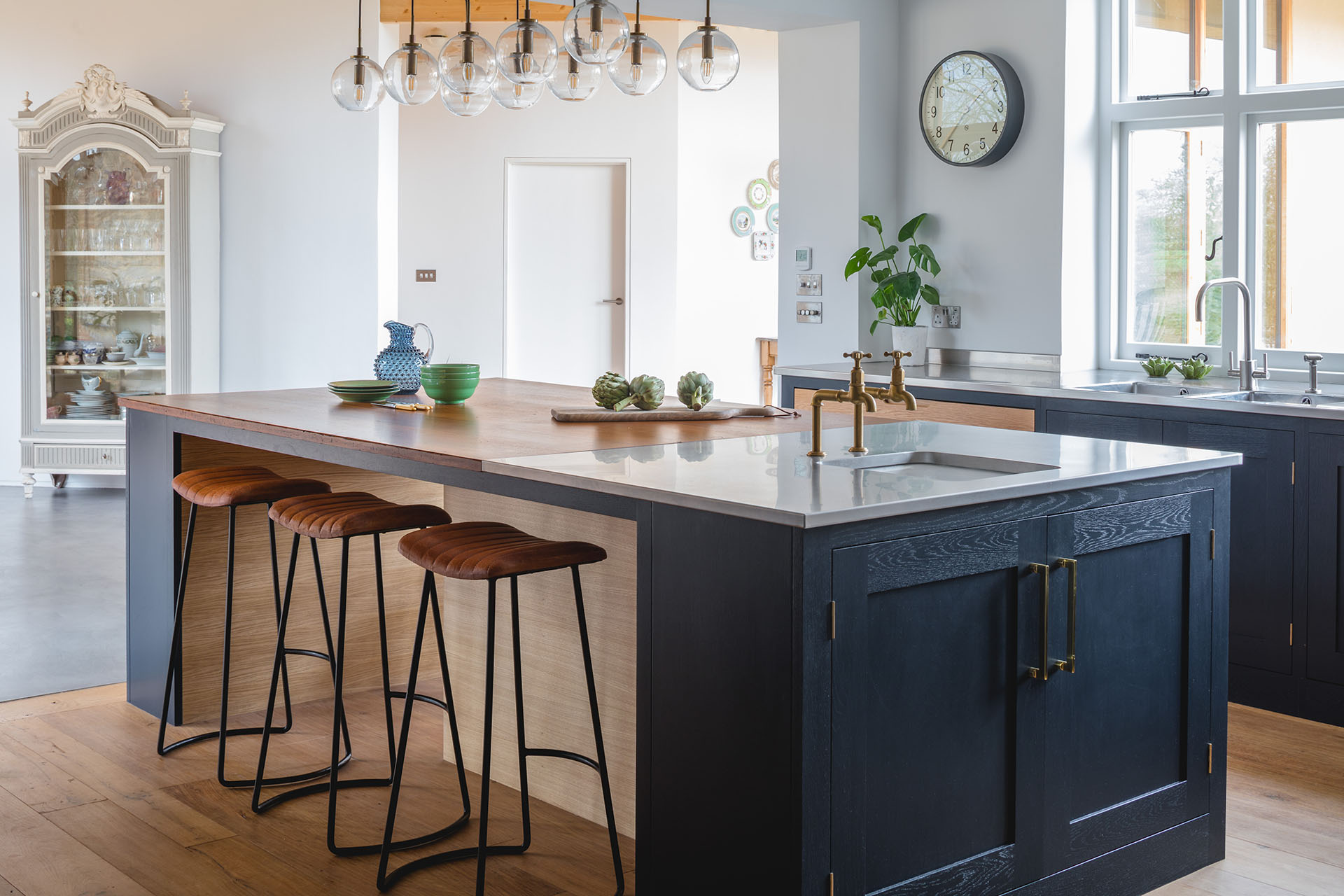 As the demand for eco-friendly options continues to rise, sustainable commercial kitchen design is becoming more of a necessity than a luxury. By incorporating sustainable practices and materials, businesses can not only reduce their impact on the environment but also save on costs in the long run. Additionally, customers are becoming more conscious of the environmental impact of the businesses they support, making sustainable design a competitive advantage for businesses.
In conclusion, sustainable commercial kitchen design is crucial for businesses looking to not only reduce their impact on the environment but also save on costs and attract environmentally conscious customers. By incorporating energy-efficient appliances, water-saving fixtures, and sustainable materials, businesses can create a kitchen that is not only functional and aesthetically pleasing but also environmentally friendly. As the world continues to shift towards a more sustainable future, it is essential for businesses to prioritize sustainability in their design choices.
As the demand for eco-friendly options continues to rise, sustainable commercial kitchen design is becoming more of a necessity than a luxury. By incorporating sustainable practices and materials, businesses can not only reduce their impact on the environment but also save on costs in the long run. Additionally, customers are becoming more conscious of the environmental impact of the businesses they support, making sustainable design a competitive advantage for businesses.
In conclusion, sustainable commercial kitchen design is crucial for businesses looking to not only reduce their impact on the environment but also save on costs and attract environmentally conscious customers. By incorporating energy-efficient appliances, water-saving fixtures, and sustainable materials, businesses can create a kitchen that is not only functional and aesthetically pleasing but also environmentally friendly. As the world continues to shift towards a more sustainable future, it is essential for businesses to prioritize sustainability in their design choices.
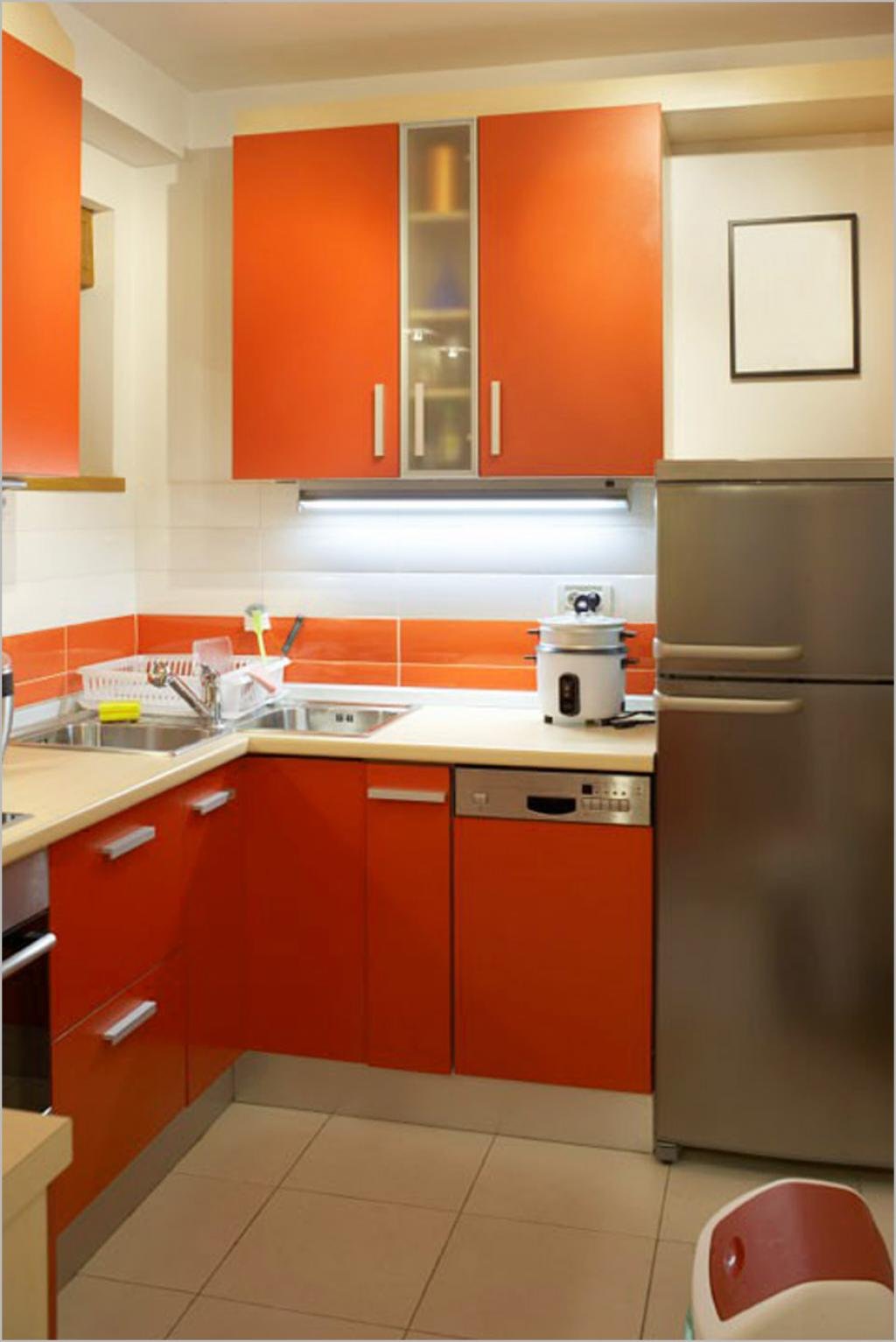


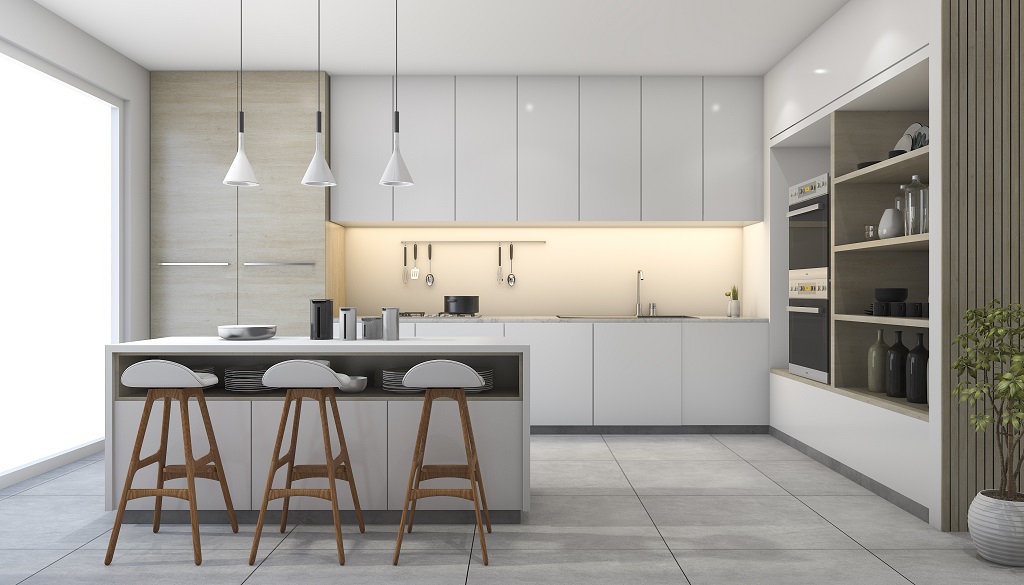


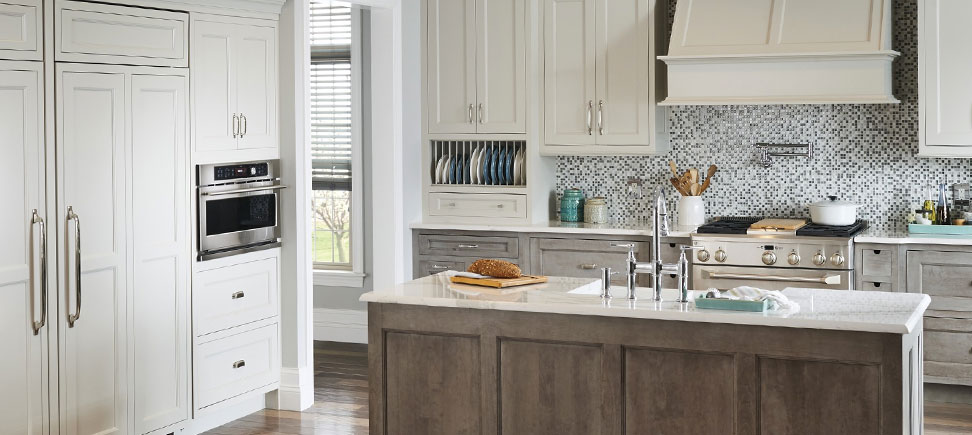
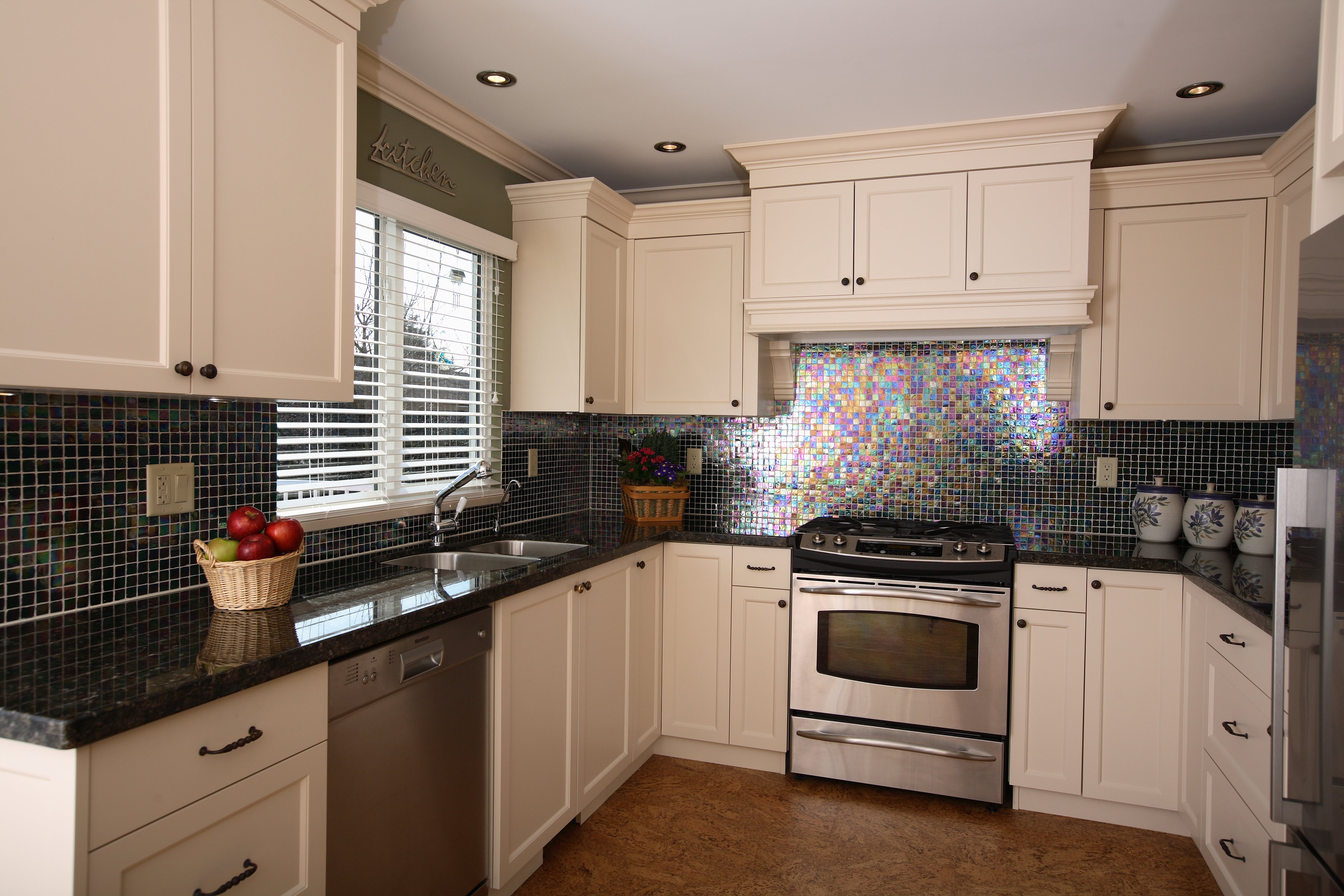




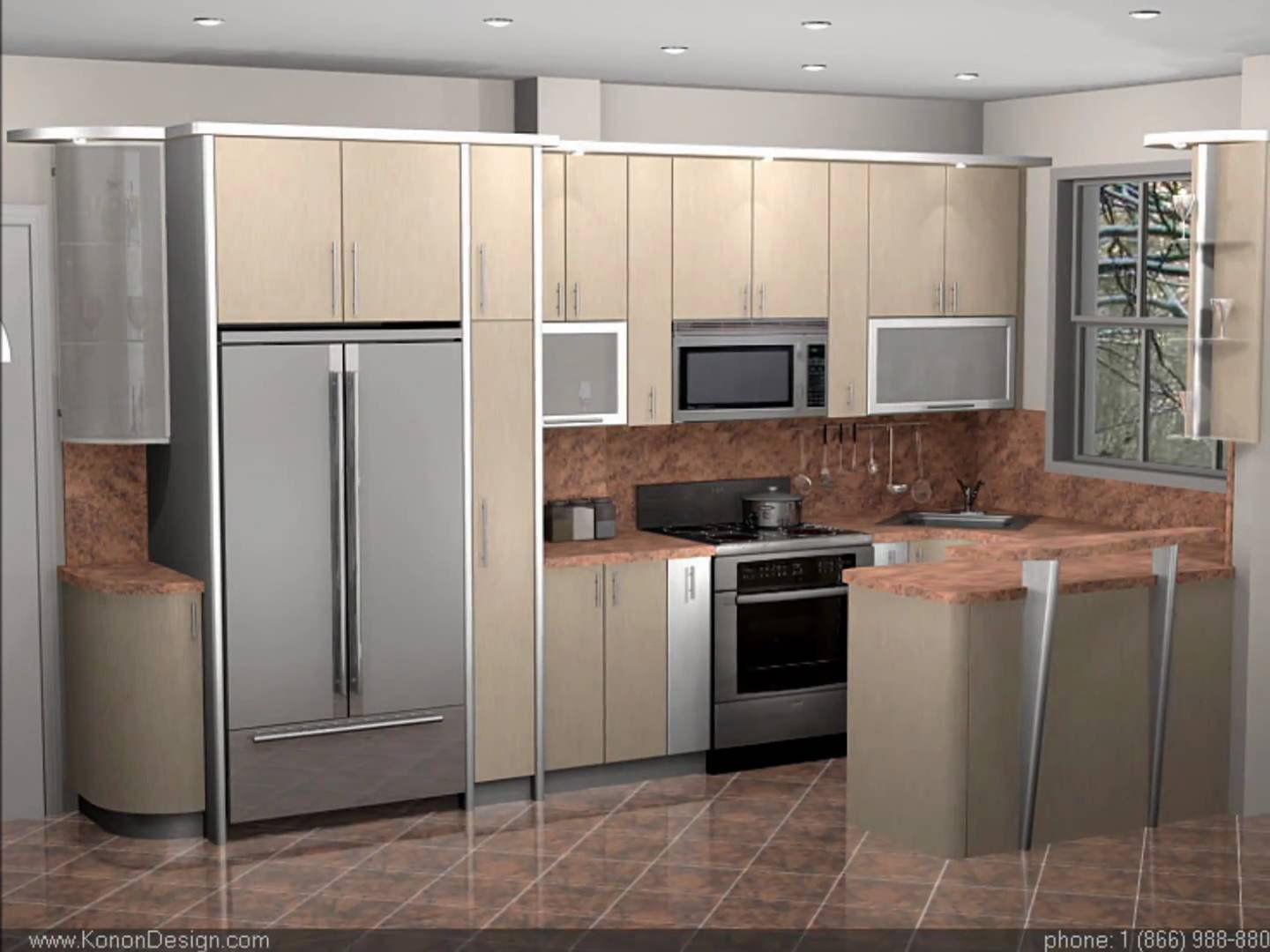




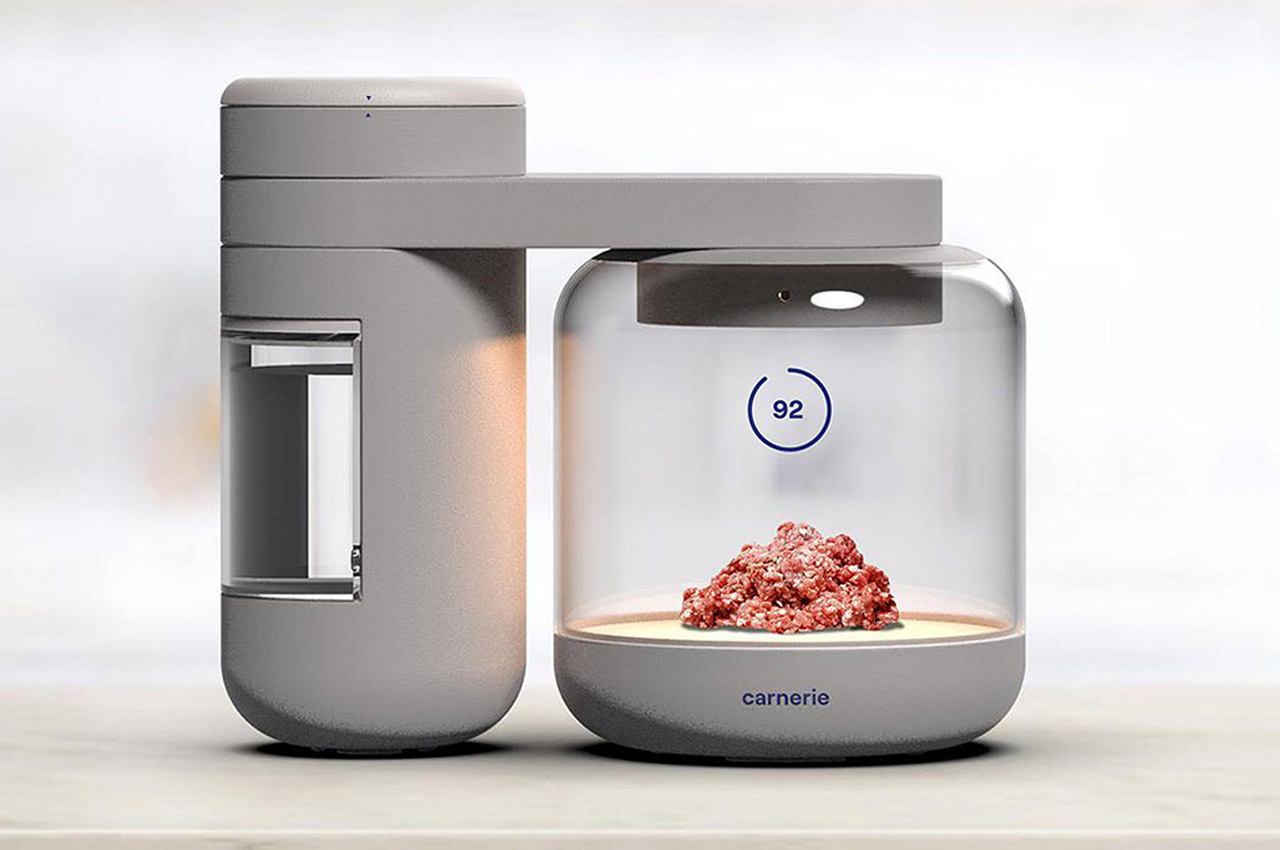

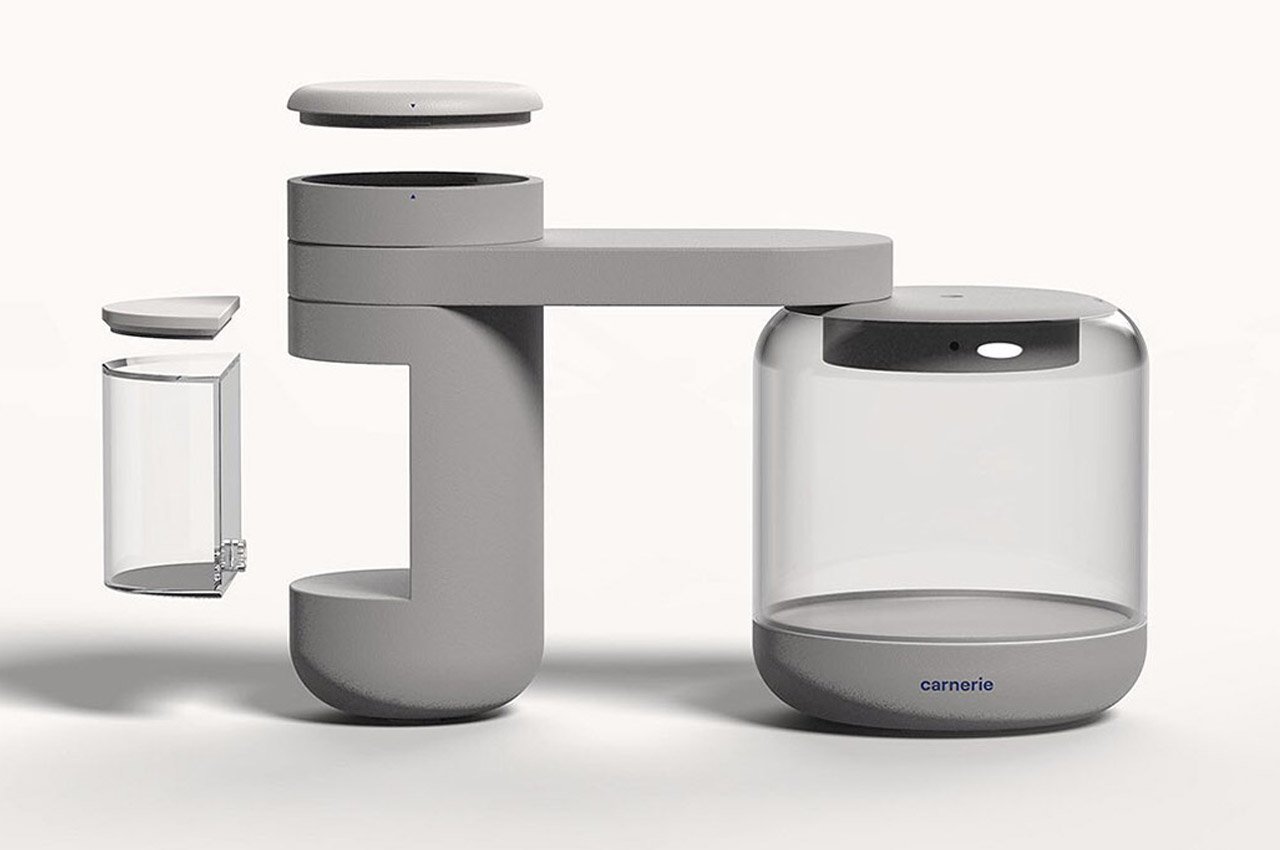




.jpg)


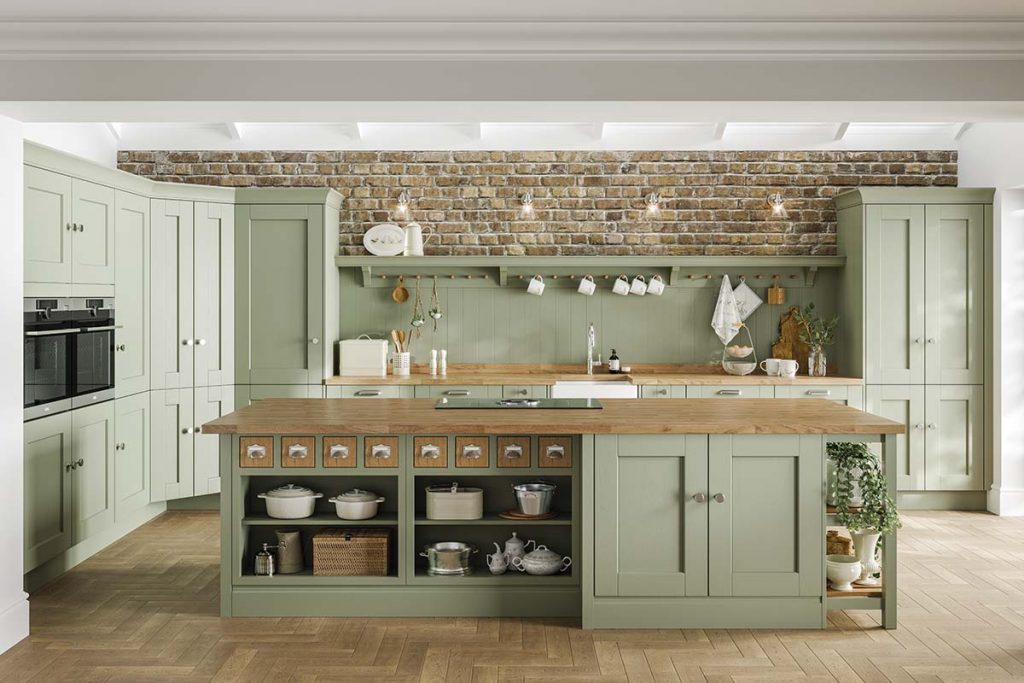
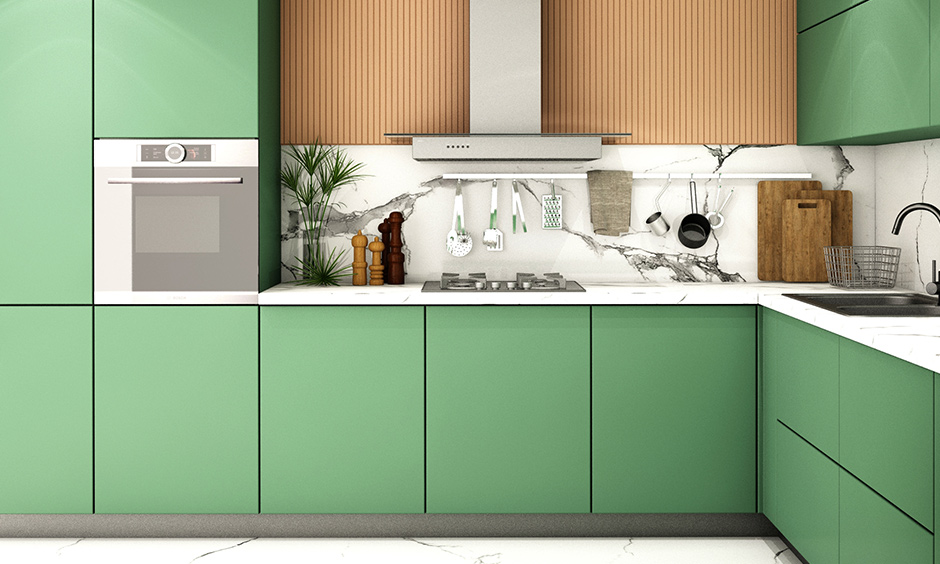
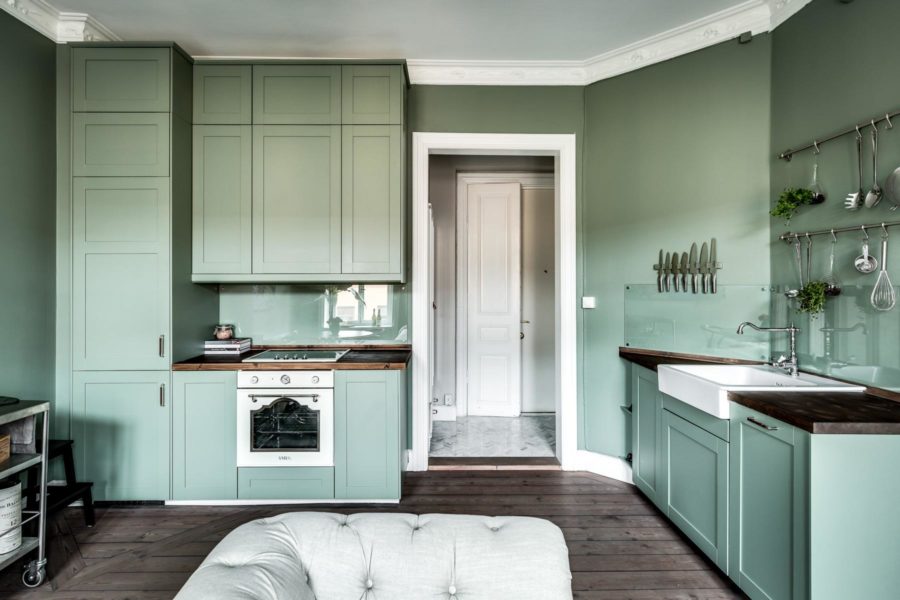
:max_bytes(150000):strip_icc()/021-526PeabodyGreenCove-Kitchen-FULLRES-9b972626f4834baba994b802685d9272.jpg)





